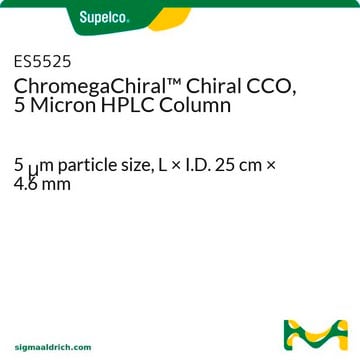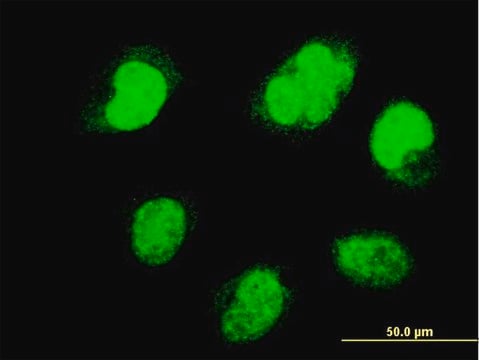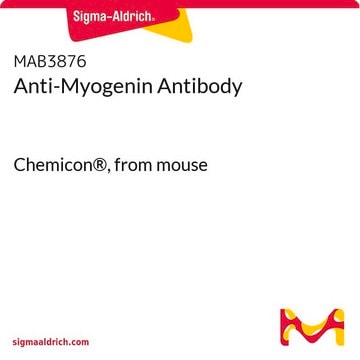MABD20
Anti-PAX7 Antibody, clone 2F12H4
clone 2F12H4, from rat
Synonym(s):
paired box 7, PAX7 transcriptional factor, paired box gene 7, paired box homeotic gene 7, paired box protein Pax-7, paired domain gene 7
About This Item
Recommended Products
biological source
rat
Quality Level
antibody form
purified immunoglobulin
antibody product type
primary antibodies
clone
2F12H4, monoclonal
species reactivity
mouse, human (Harada, A., et al. (2009). Hybridoma, 26:6. Hyb.2009.0039)
technique(s)
ChIP: suitable
immunocytochemistry: suitable
western blot: suitable
isotype
IgG2bκ
NCBI accession no.
UniProt accession no.
shipped in
wet ice
target post-translational modification
unmodified
Gene Information
mouse ... Pax7(18509)
General description
Immunogen
Application
sarcoma cells. The antibodies are detected with Alexa Fluor™ 488-conjugated anti-rat IgG. Each sample is counterstained with hoechst (Harada, A., et al. (2009). Hybridoma, 26:6. Hyb.2009.0039).
Stem Cell Research
Transcription Factors
Quality
Western Blot Analysis: 1 µg/mL of this antibody detected PAX7 in 10 µg of mouse fetal brain tissue lysate.
Target description
The calculated MW of PAX7 is 55 kDa; however, expression of PAX7 can have multiple isoforms. (Robert B., et al. (2008). Physiol. Genomics 33:41-49.)
Physical form
Storage and Stability
Analysis Note
Mouse fetal brain tissue lysate
Other Notes
Legal Information
Disclaimer
Not finding the right product?
Try our Product Selector Tool.
Storage Class Code
12 - Non Combustible Liquids
WGK
WGK 1
Flash Point(F)
Not applicable
Flash Point(C)
Not applicable
Certificates of Analysis (COA)
Search for Certificates of Analysis (COA) by entering the products Lot/Batch Number. Lot and Batch Numbers can be found on a product’s label following the words ‘Lot’ or ‘Batch’.
Already Own This Product?
Find documentation for the products that you have recently purchased in the Document Library.
Our team of scientists has experience in all areas of research including Life Science, Material Science, Chemical Synthesis, Chromatography, Analytical and many others.
Contact Technical Service








